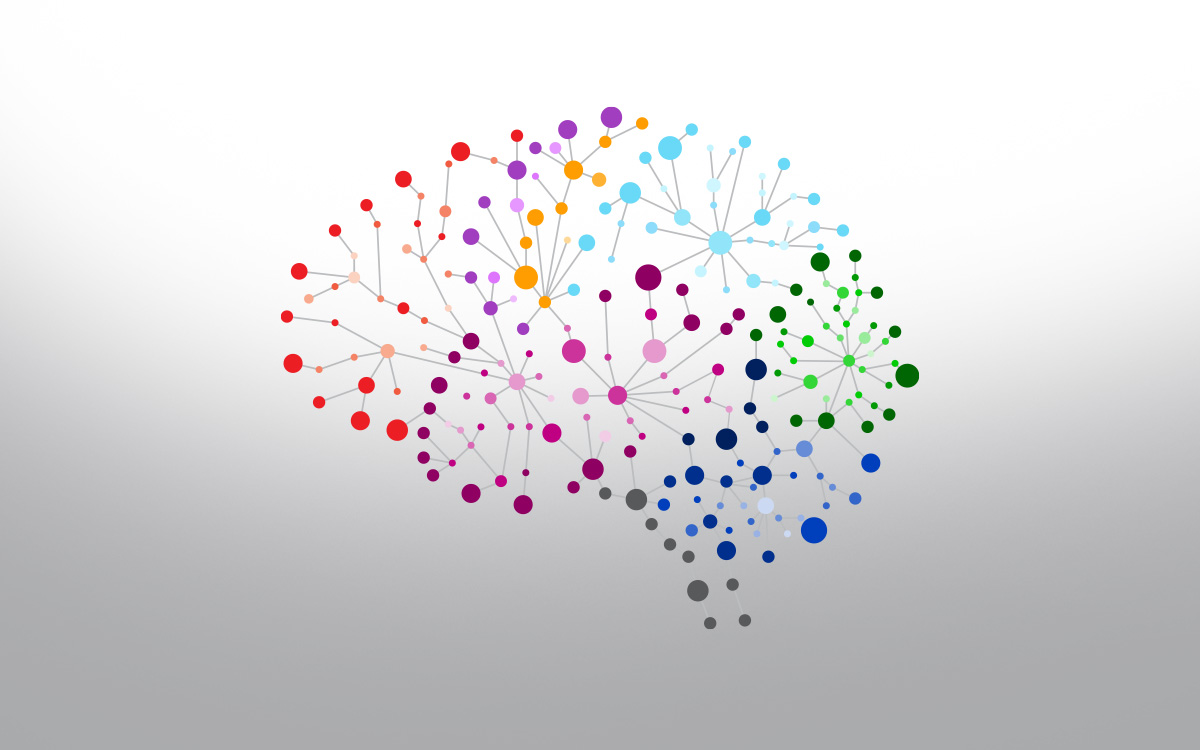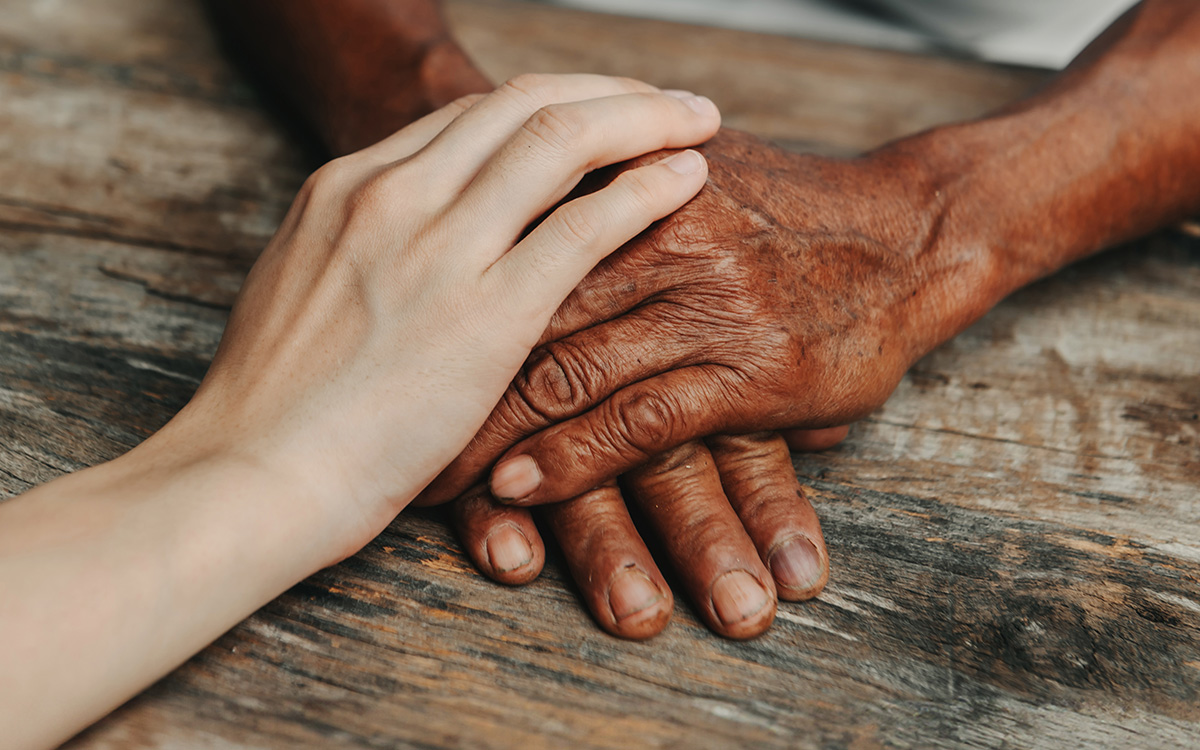The Centre for Addiction and Mental Health (CAMH) defines trauma as “the lasting emotional response that often results from living through a distressing event.” Trauma can negatively impact a person’s sense of safety, magnify their anxieties and heighten their feeling of helplessness.
Examples of distressing events include: natural disasters, accidents, war, acts of violence, abuse, neglect, or unexpected loss.
If traumatic memories persist or get worse after a long period of time, it can lead to post-traumatic stress disorder (PTSD). Studies have shown that PTSD increases the risk of developing symptoms of dementia in later life. (Qureshi et al., 2010; Yaffe et al., 2010).
Being Trauma-Informed in Dementia Care
Being trauma-informed in dementia care helps all caregivers to provide the best care possible and it can help with behaviour management.
Trauma can manifest in several ways including: sleeplessness, irritability, anger, avoidance, hypervigilance, paranoia, flashbacks and withdrawal from social contacts. Being aware of how past trauma manifests in older adults, can help us better understand the reason behind the behaviour of the person we are caring for.
By realizing that all dementia-related behaviour has meaning, we can be more understanding and empathetic, which in turn will allow for better supportive solutions for the individual. Perhaps consider that the behaviour is suggestive of the person’s coping strategies they have developed in response to the triggers from their past trauma.
It starts with really getting to know the person we are supporting and having an understanding on whether or not the person we are caring for could be a “trauma survivor”. For instance, if we are aware of a person’s past trauma and we notice that the person appears agitated and can’t sleep at night, we can ask ourselves whether there was something in the environment that could have triggered a memory of this past trauma.
Consider for an example, could it be the headlights passing through their bedroom window at night that made them feel anxious because it reminded them of their car accident one rainy night? If this is the case, then, maybe we can change the drapes and use something thicker to obscure the headlights that may shine a light in their room and observe if this helps them have an uninterrupted sleep at night.
There are Solutions
Here are 4 steps in supporting an individual living with symptoms of dementia who may be in the moment experiencing a trigger to a past traumatic event:
- Validate their feelings – Using a validation statement such as, “I can see that you are worried,” really helps to show the person that you understand them and their feelings and that you are not dismissing them. An example of the opposite of validating someone’s feelings is to say, “There is nothing to be worried about.” This can produce a negative tone and interaction for your next moments together.
- Be in THEIR reality – This takes practice. For example, if they believe that someone was just in their room, despite this not being the case, then it is best not to say, “There was never anyone in here.” Instead, be with them in their reality and perhaps try saying, “I’m happy to say it looks like they are no longer here.”
- Provide reassurance – In my over 27 years supporting individuals living with dementia, I’m sad to report that in many past cases, I feel people living with symptoms of dementia are not receiving enough reassurance. Reassurance could be verbal and non-verbal such as in a note or letter form. Using the example above, here is a sample of providing verbal reassurance – “I’ve looked all over the house, there is no one here now. Thank goodness! We are all safe now.” In some cases, caregivers may want to use what I call, Therapeutic Reasoning™ (Reasoning that is logical for the person we are supporting.) For example, “I’ll look into putting in a new alarm system next week for us. Would this be okay?” When providing reassurance in dementia care, it’s best to say or do anything that will work in order to help keep the person calm.
- Offer a distraction – It is only when the above have been fulfilled, can we use the technique of distraction. This can come in the form of singing a song they like, talking about a favourite subject or doing an activity of interest such as housework, a hobby, looking through old photos, or even watching a movie/show that they like.
It is important to remind ourselves that the person living with symptoms of dementia is not trying to make our lives more difficult. Understanding that their behaviour may be related to a past trauma helps build and maintain empathy and compassion; and most importantly, helps us come up with personalized solutions to reduce if not eliminate the triggers causing the changed behaviours.
Karen Tyrell CPCA, CDCP is a Dementia Consultant, Educator, Author & Advocate, and Founder of Personalized Dementia Solutions Inc. (www.DementiaSolutions.ca). Karen offers her expertise on dementia care through speaking engagements, workshops, support groups and by working one-on-one with families and caregivers to provide emotional support and practical solutions. She was also on the design team for The Village Langley and provides ongoing education to the Village team, families and the community.




